
Destructive Beauty: Icebergs Flip with the Power of an Atomic Bomb
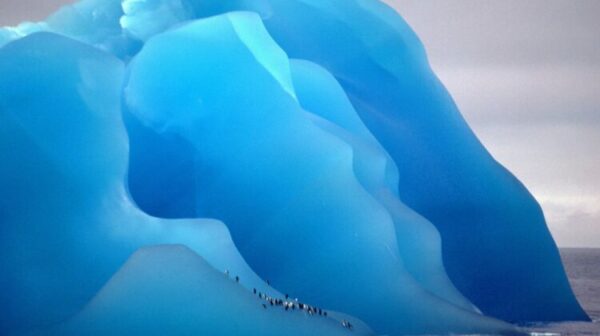
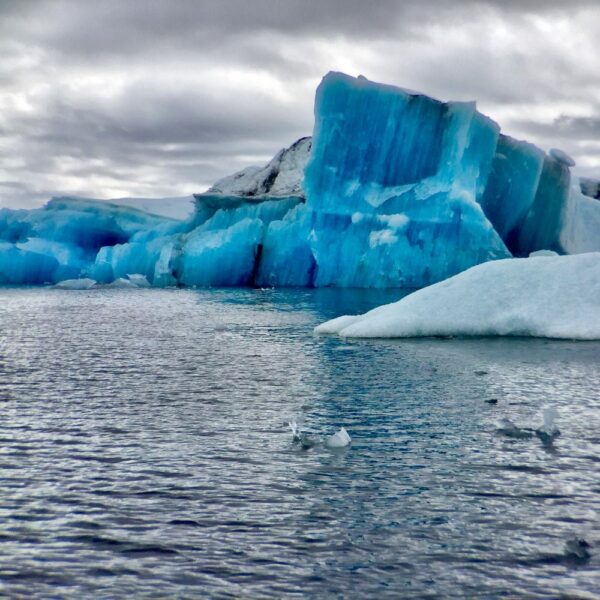
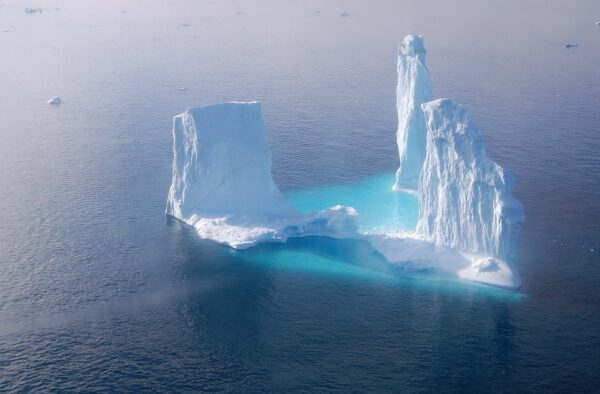
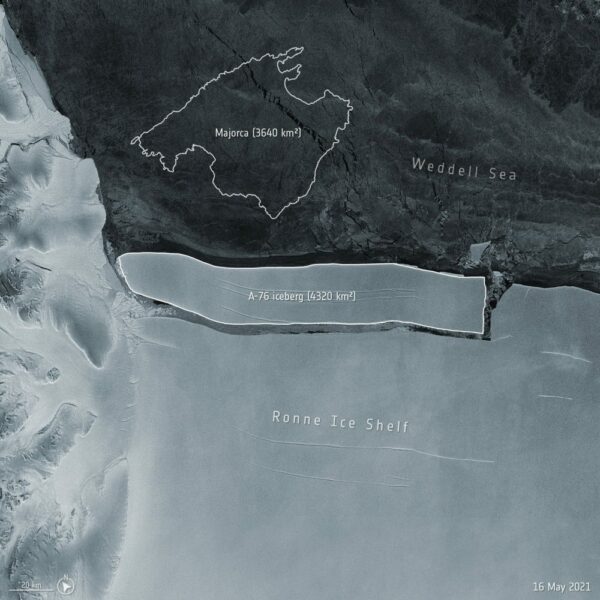
Icebergs might appear to be calm, majestic giants drifting peacefully through the ocean, but when they flip over, they can become catastrophically destructive. A capsizing iceberg not only reveals its breathtaking crystalline underbelly, but can also trigger tsunamis, shake the ground like an earthquake, and even capsize nearby vessels in seconds.
So, what exactly causes these frozen mountains to topple so dramatically? To understand this phenomenon, we first need to understand what an iceberg really is.
What Are Icebergs, Really?
According to the National Oceanic and Atmospheric Administration (NOAA), an iceberg is a massive chunk of ice that has broken off from a glacier or an ice shelf and now floats freely in the open ocean. Despite their current home in saltwater seas, icebergs are made entirely of freshwater — formed over centuries through compressed snowfall, not frozen ocean water.
However, not all floating ice qualifies as an iceberg. There are strict size requirements that must be met.
To be officially classified as an iceberg, a chunk of ice must:
-
Rise at least 16 feet (5 meters) above sea level,
-
Be between 98 and 164 feet (30–50 meters) thick, and
-
Have a surface area of at least 5,382 square feet (500 square meters).
Smaller pieces have different names. Ice fragments that are slightly smaller are called "bergy bits", typically with a height of 3 to 16 feet above sea level and a surface area between 1,076 and 3,229 square feet. Anything even smaller is classified as a "growler", which can be as compact as a car or a small bus.
A Massive Iceberg Is Mostly Hidden
The common saying that "you only see the tip of the iceberg" is quite literal. Roughly 90% of an iceberg's mass is hidden beneath the water. This submerged bulk provides balance, making the iceberg relatively stable once it has found equilibrium in the ocean.
But there’s a catch — icebergs are at their most unstable just after formation. When a piece of glacier breaks off and falls into the sea, it may be unbalanced and irregularly shaped, causing it to roll or flip as gravity pulls the heaviest portion downward.
Think of submerging a plastic toy in water. If you let it go, it will bob back to a natural, stable position. Icebergs behave in a similar way — just on a colossal scale.
Why Icebergs Flip — And Why It’s So Dangerous
When an iceberg first breaks free, it's often extremely unstable. It will shift, rotate, and flip — seeking a position where its center of mass is lowest in the water. During this process, enormous kinetic energy is released, displacing tons of water and generating massive waves.
One striking video — taken at Lake Jökulsárlón in Iceland, near the glacier Breiðamerkurjökull — shows an iceberg flipping violently before settling into a new position. It’s a mesmerizing sight, but one that underscores the brute force of nature involved in this process.
While small flips may not pose much danger, larger iceberg flips can generate tsunamis or seismic tremors. In fact, scientists have measured the energy released in some capsizing events as being equivalent to atomic bomb detonations.
A Real-World Example: Iceberg A-76
Currently, the largest known iceberg is Iceberg A-76, which calved from Antarctica’s Ronne Ice Shelf. Covering about 4,320 square kilometers, it’s larger than the island of Majorca in Spain. The sheer mass of such a structure — and the potential force released if it flipped — is mind-boggling.
The University of Chicago conducted studies and built scale models to simulate iceberg flips. Their findings? Even relatively small iceberg capsizes can stir up devastating waves. Now imagine that force multiplied thousands of times over in the real world.
The Titanic and the Deadly Legacy of Icebergs
Icebergs don’t have to flip to be lethal. One of the most infamous maritime disasters in history — the sinking of the Titanic in 1912 — occurred when the ship’s hull scraped against the underwater portion of an iceberg in the North Atlantic’s Iceberg Alley. That submerged mass tore through the ship’s side over just seven seconds, ultimately dooming it.
As a result of this tragedy, the International Ice Patrol was established. This organization tracks and monitors iceberg movements to help prevent similar disasters. They send out alerts to ships in iceberg-prone waters, providing crucial data that can save lives.
Nature’s Icy Paradox
Icebergs are undeniably beautiful — shimmering sculptures of compressed snow, shaped over millennia. But beneath that beauty lies the potential for catastrophic destruction. Whether it's the threat of a flip-triggered tsunami or the silent menace of a submerged edge, icebergs are a reminder that nature's elegance often comes with raw, unpredictable power.
So the next time you see a photo of an iceberg glowing under the Arctic sun, remember: you're only seeing a fraction of the story — and the danger.
News in the same category


Nintendo sues Reddit mod for $4,500,000 in shocking lawsuit

Creators of ChatGPT reveal 44 jobs at highest risk of being taken over by AI in future

What Are These Tiny Balls in My Bed

Apple just added a new app to iPhone with iOS 26 and most people have no idea
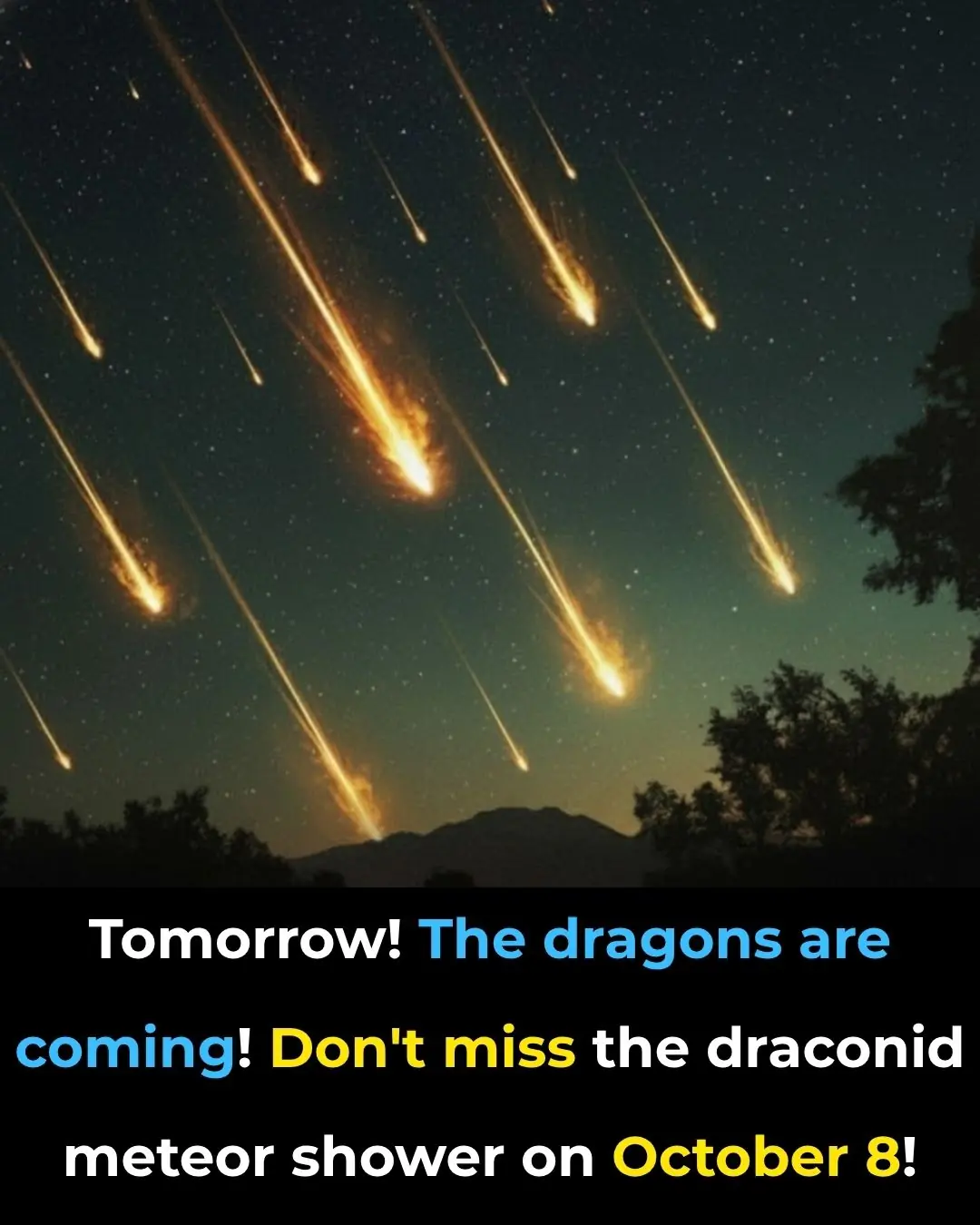
BREAKING NEWS 🚨 Due To This Draconid Meteor Shower Earth Will Be Badly Effected Because…..See More
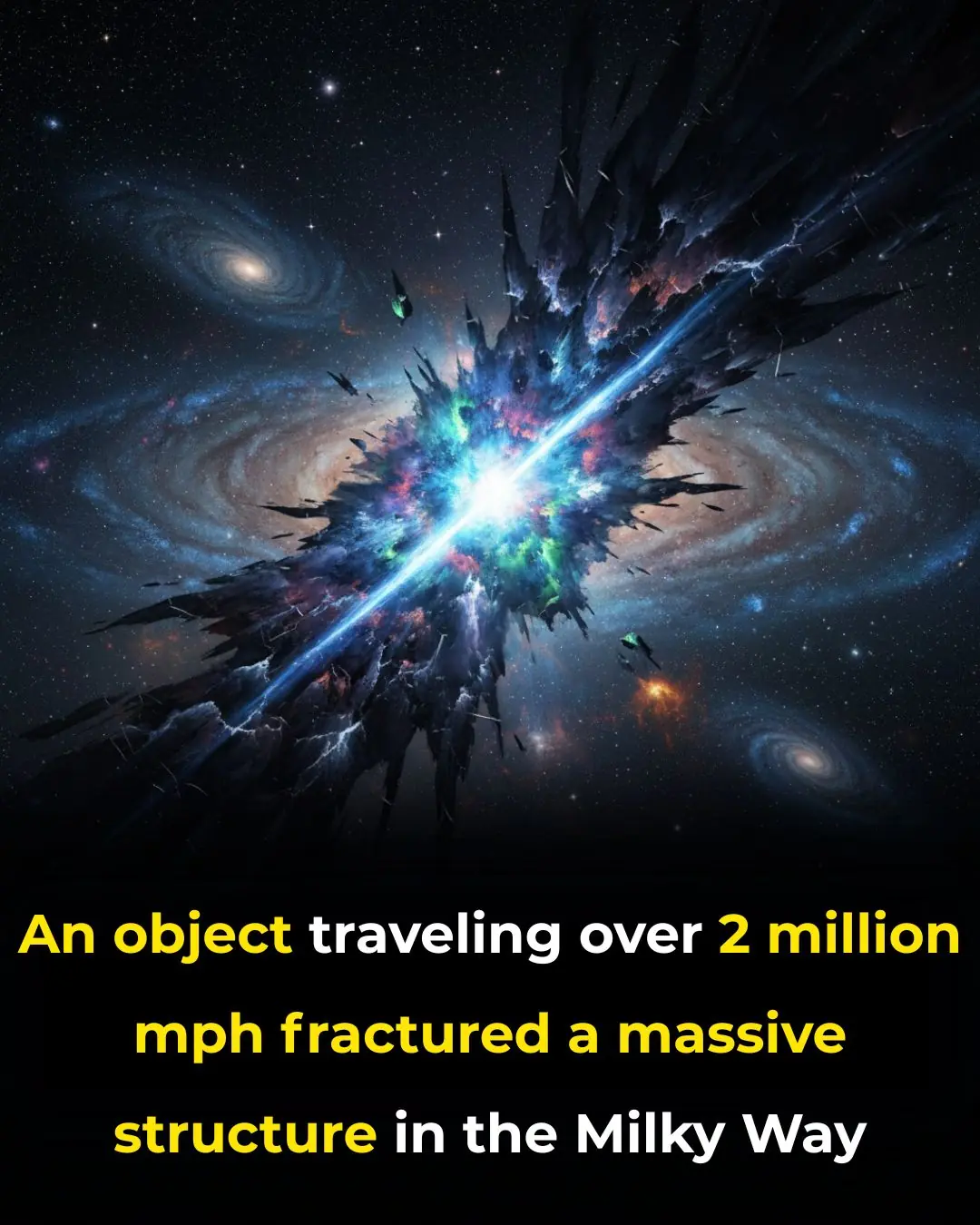
A High-Speed Pulsar Has Cracked the Milky Way’s Magnetic “Bone” — Racing Through Space at 2 Million MPH

Nose Picking What This Taboo Habit Really Reveals About Us
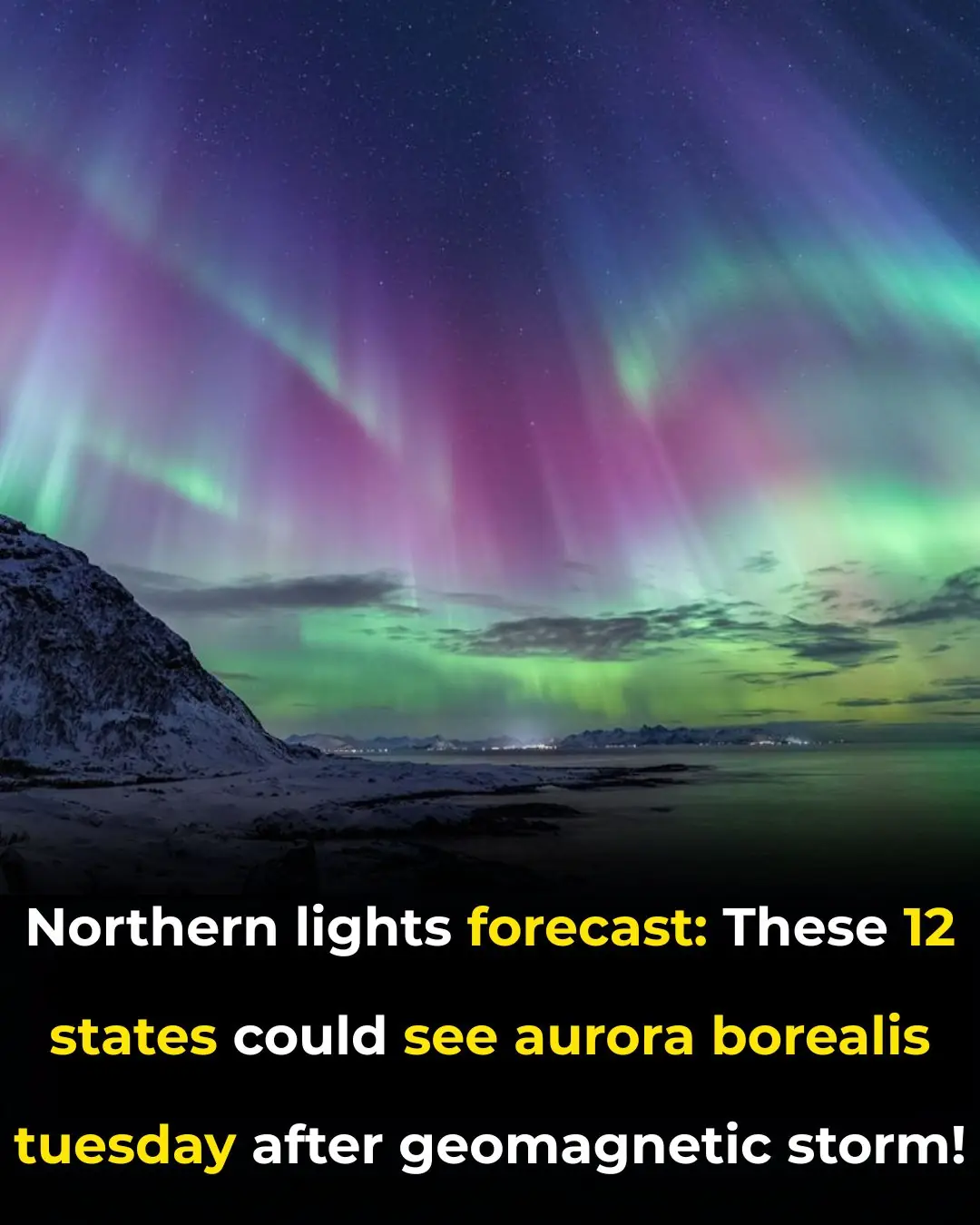
Northern Lights Could Dazzle 12 U.S. States This Week — Best Viewing Through Oct. 8

Researchers Turn Festival Wristbands into a Shield Against Drink Spiking

Give President Trump Nobel Peace Prize, Israeli Hostage Families Urge

The Flower You Pick Will Reveal Your Truest Trait

Meet Jonathan, The Oldest-Known Animal In The World
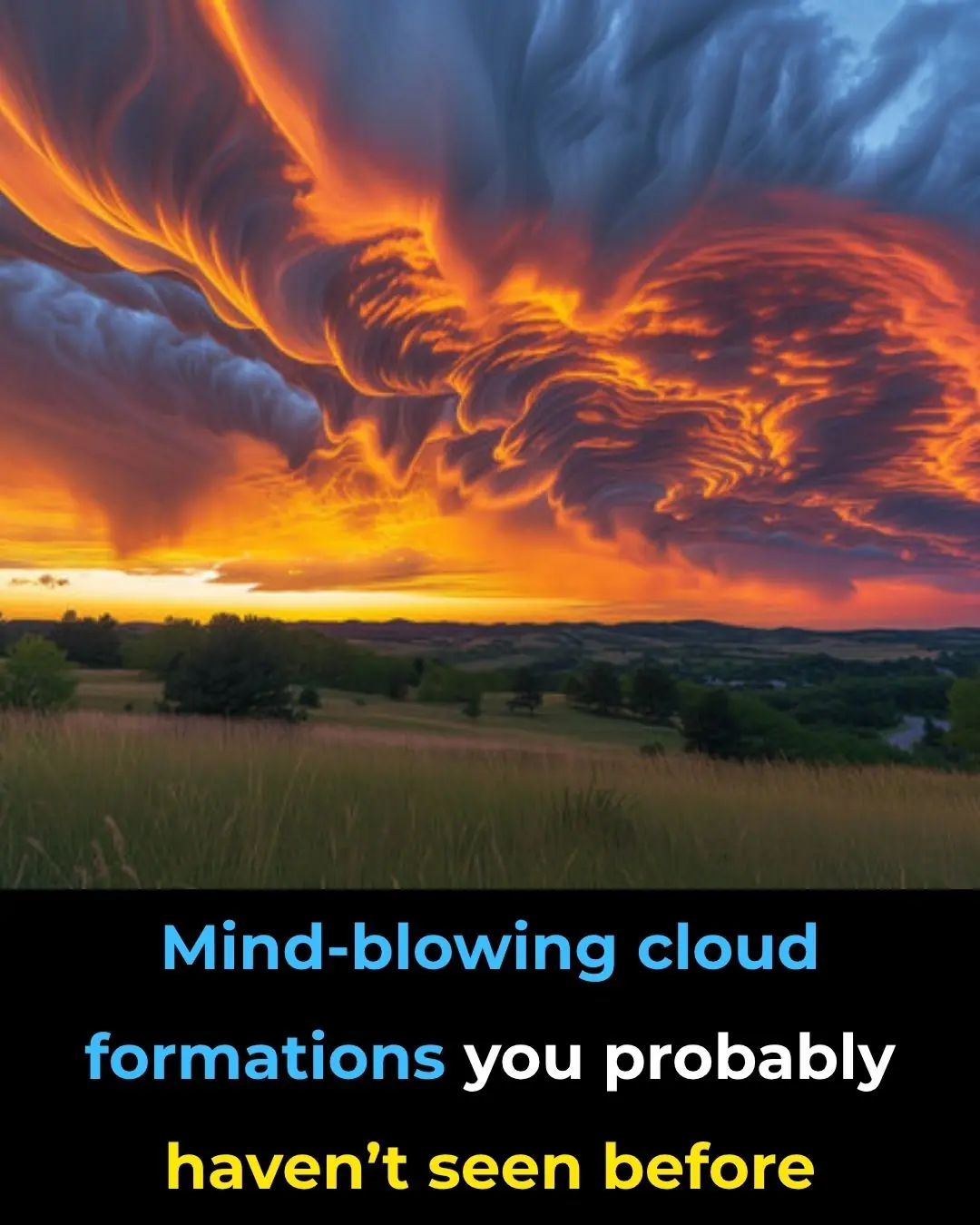
Mind-Blowing Cloud Formations You Probably Haven’t Seen Before

The Best Places to Photograph in Montana
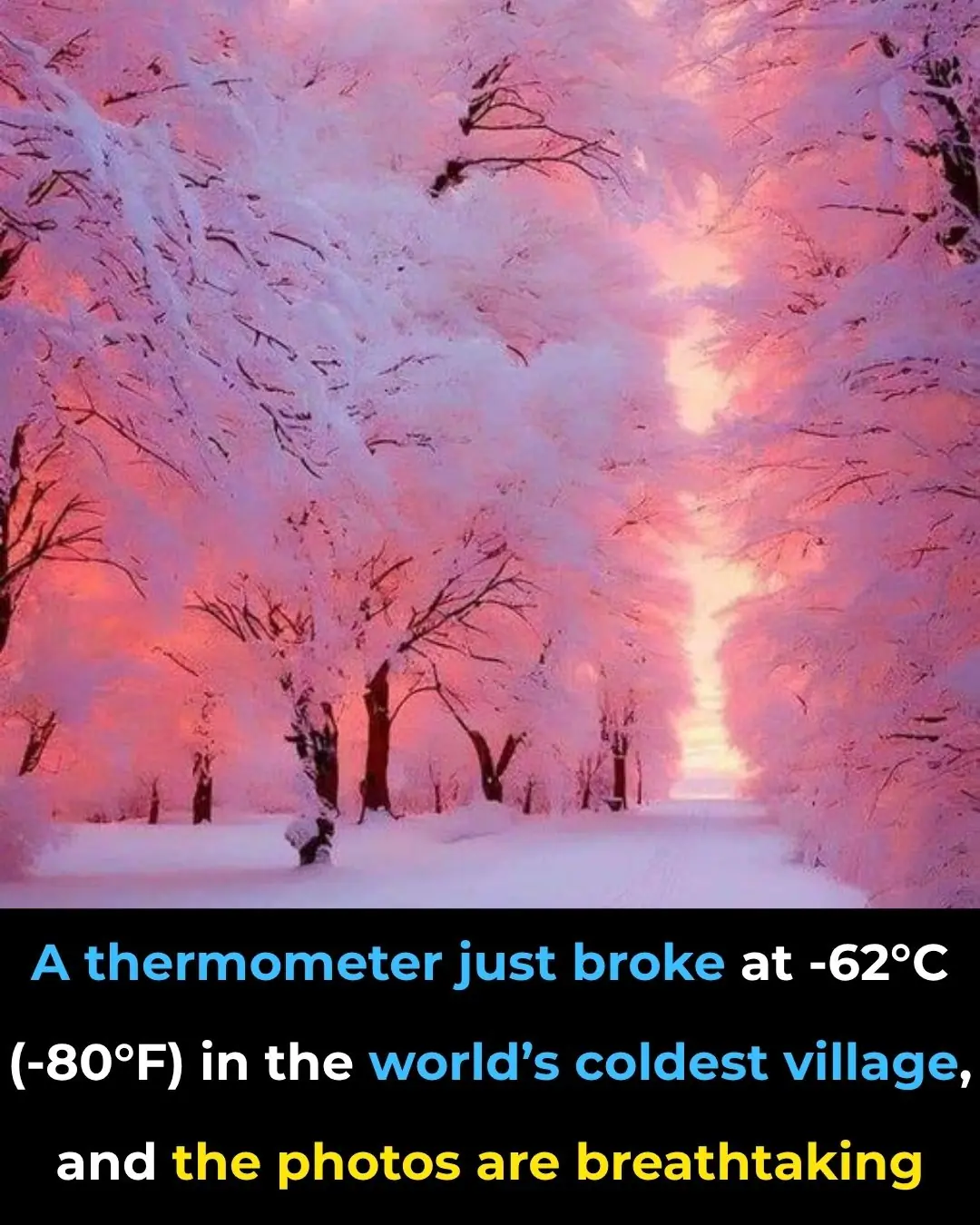
A Thermometer Just Broke At -62°C (-80°F) In The World’s Coldest Village, And The Photos Are Breathtaking
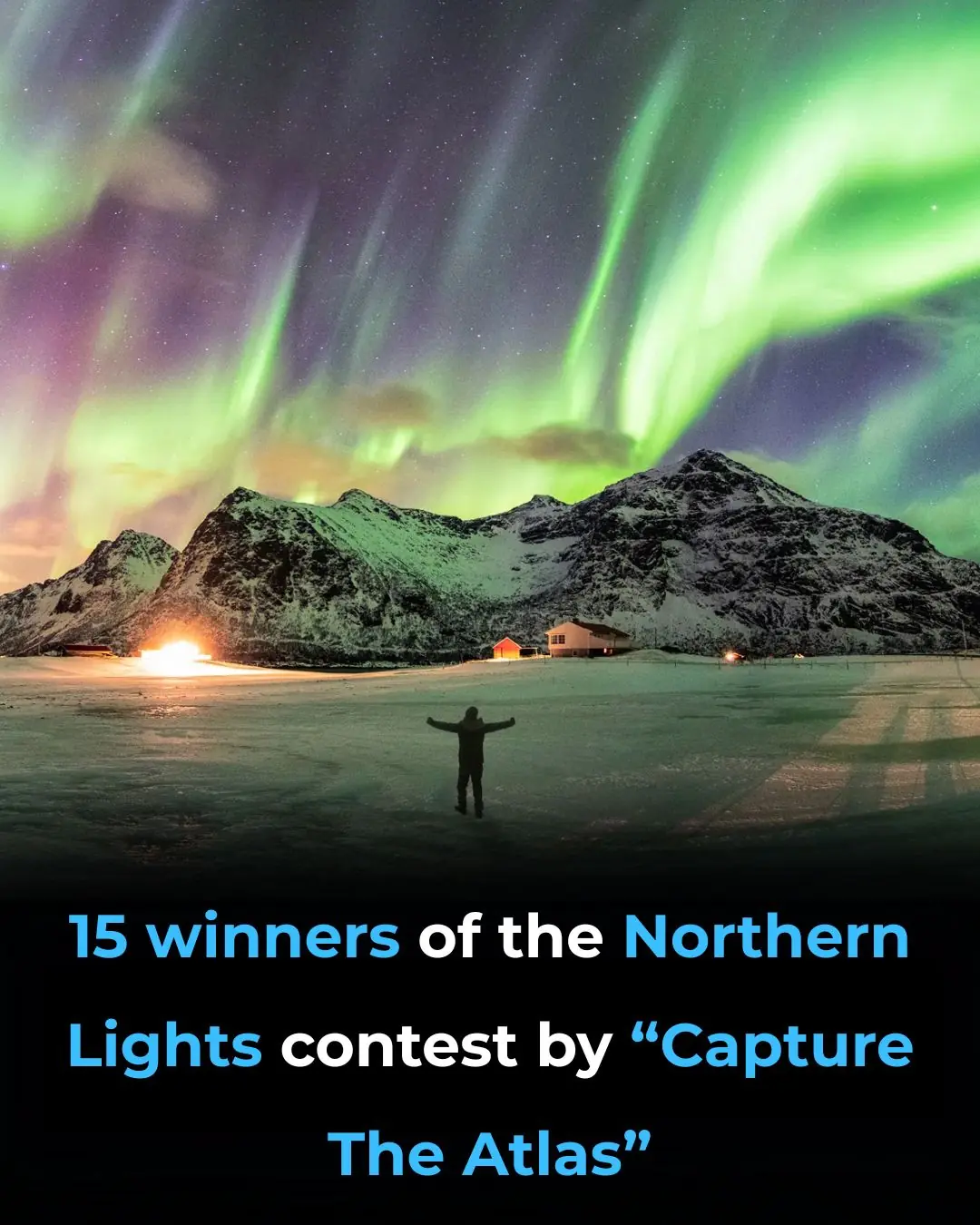
15 Winners Of The Northern Lights Contest By “Capture The Atlas”

Incredible Map of Pangea With Modern-Day Borders
News Post

The Mystery of the Milk Bottle Dent

Boy Spends Last Money to Buy Fruits for Ill Granny, Store Owner Appears In Her Ward Later

Rich Man Humiliates Boy Shining Shoes in Underpass

Easy Trick Will Defrost Your Car Window in Seconds

Netflix loses eye-watering amount of money following Elon Musk’s call to cancel 'woke' streaming service

Nintendo sues Reddit mod for $4,500,000 in shocking lawsuit

Creators of ChatGPT reveal 44 jobs at highest risk of being taken over by AI in future

What Are These Tiny Balls in My Bed

Apple just added a new app to iPhone with iOS 26 and most people have no idea

BREAKING NEWS 🚨 Due To This Draconid Meteor Shower Earth Will Be Badly Effected Because…..See More

A High-Speed Pulsar Has Cracked the Milky Way’s Magnetic “Bone” — Racing Through Space at 2 Million MPH

MY DAUGHTER HAD HER FIRST CHILD—AND TOLD THE NURSES NOT TO LET ME IN

Nose Picking What This Taboo Habit Really Reveals About Us

Prime views of the Andromeda Galaxy and Ceres—October 2

Northern Lights Could Dazzle 12 U.S. States This Week — Best Viewing Through Oct. 8

Vitamin B12 Deficiency Can Wreck Your Health Here’s How to Spot It EARLY

SEVEN TYPES OF PAIN DOCTORS SAY ARE MAJOR RED FLAGS FOR YOUR HEALTH

A Birthday Wish for Violet: A Gift of Life

Abraham’s Fight: A Teen’s Battle Against Bacterial Meningitis
